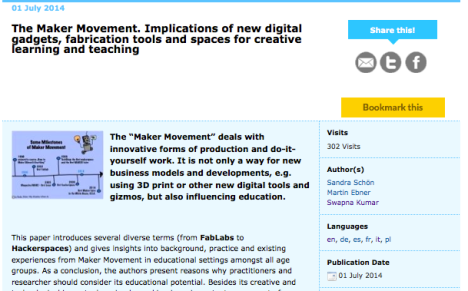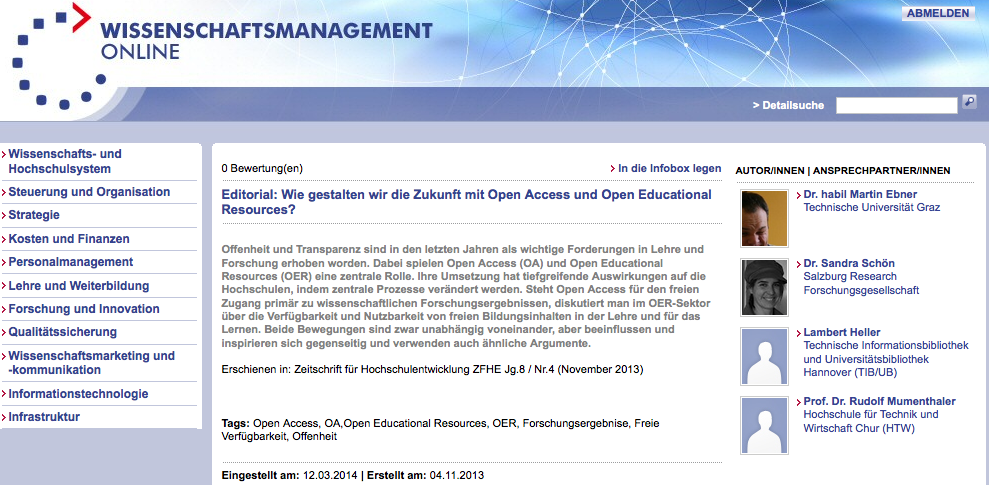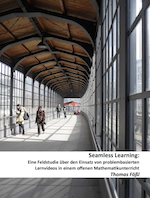Our first publication at this year HCII conference in Crete, Greece about „Attention Profiling Algorithm for Video-based Lectures“ is now online available as prelimiary version. The slides are already published here.
Abstract:
Due to the fact that students‘ attention is the most crucial resource in a high-quality course it is from high importance to control and analyze it. This could be done by using the interaction and the communication because they are known as valuable influencing factors of the attention. In this publication we introduce a web-based information system which implements an attention-profiling algorithm for learningvideos
as well as live-broadcastings of lectures. For that different methods of interaction are offered and analyzed. The evaluation points out that the attention profiling algorithm delivers realistic values.
Attention Profiling Algorithm for Video-based Lectures by Martin
Klicken Sie auf den unteren Button, um den Inhalt von www.scribd.com zu laden.
Reference: Wachtler, J., Ebner, M., Taraghi, B. (2014). Attention Profiling Algorithm for Video-based Lectures. Learning and Collaboration Technologies. Designing and Developing Novel Learning Experiences. Panayiotis, Z., Ioannou, A. (Ed.), Springer Lecture Notes, pp. 358-367



